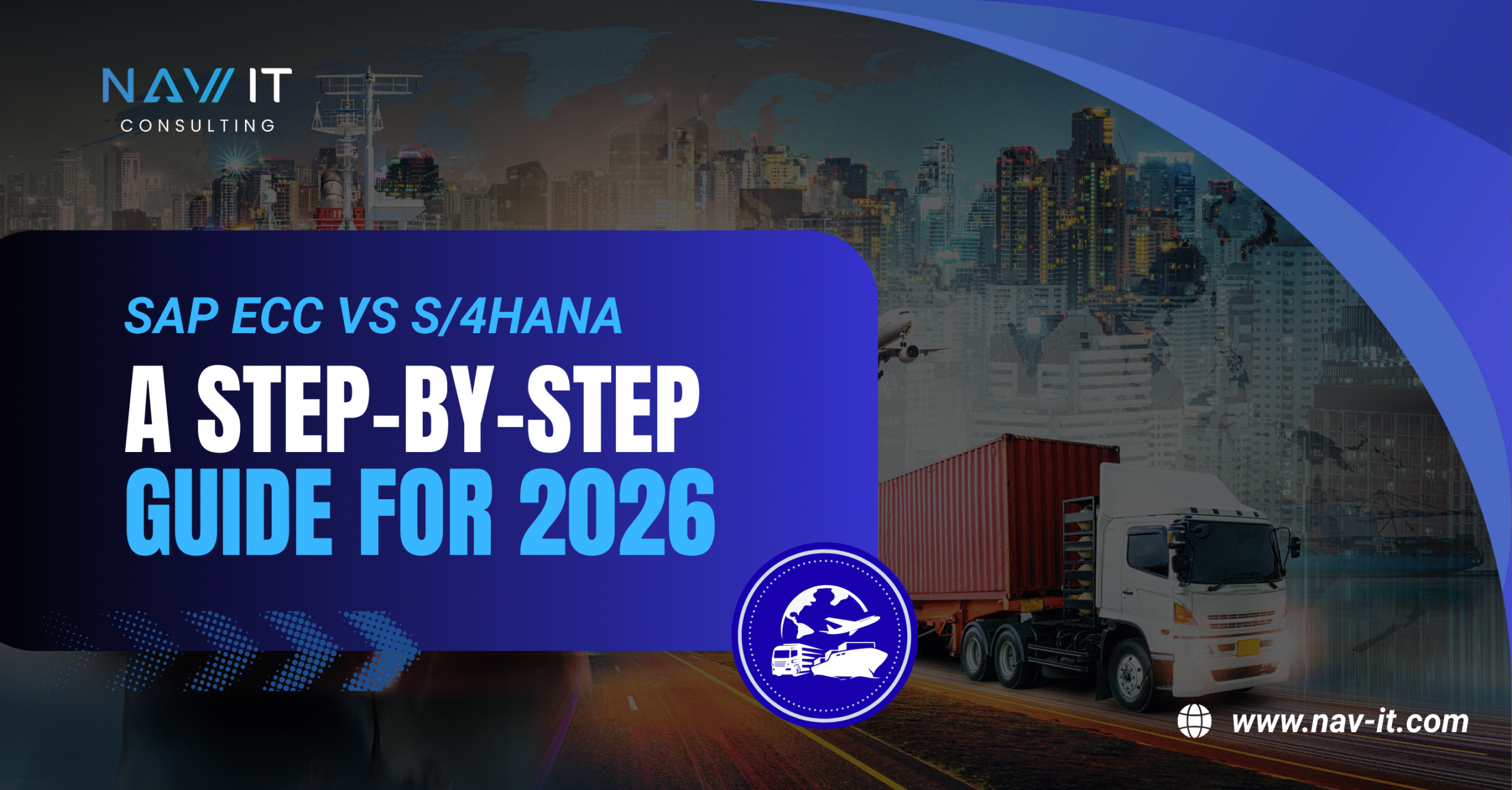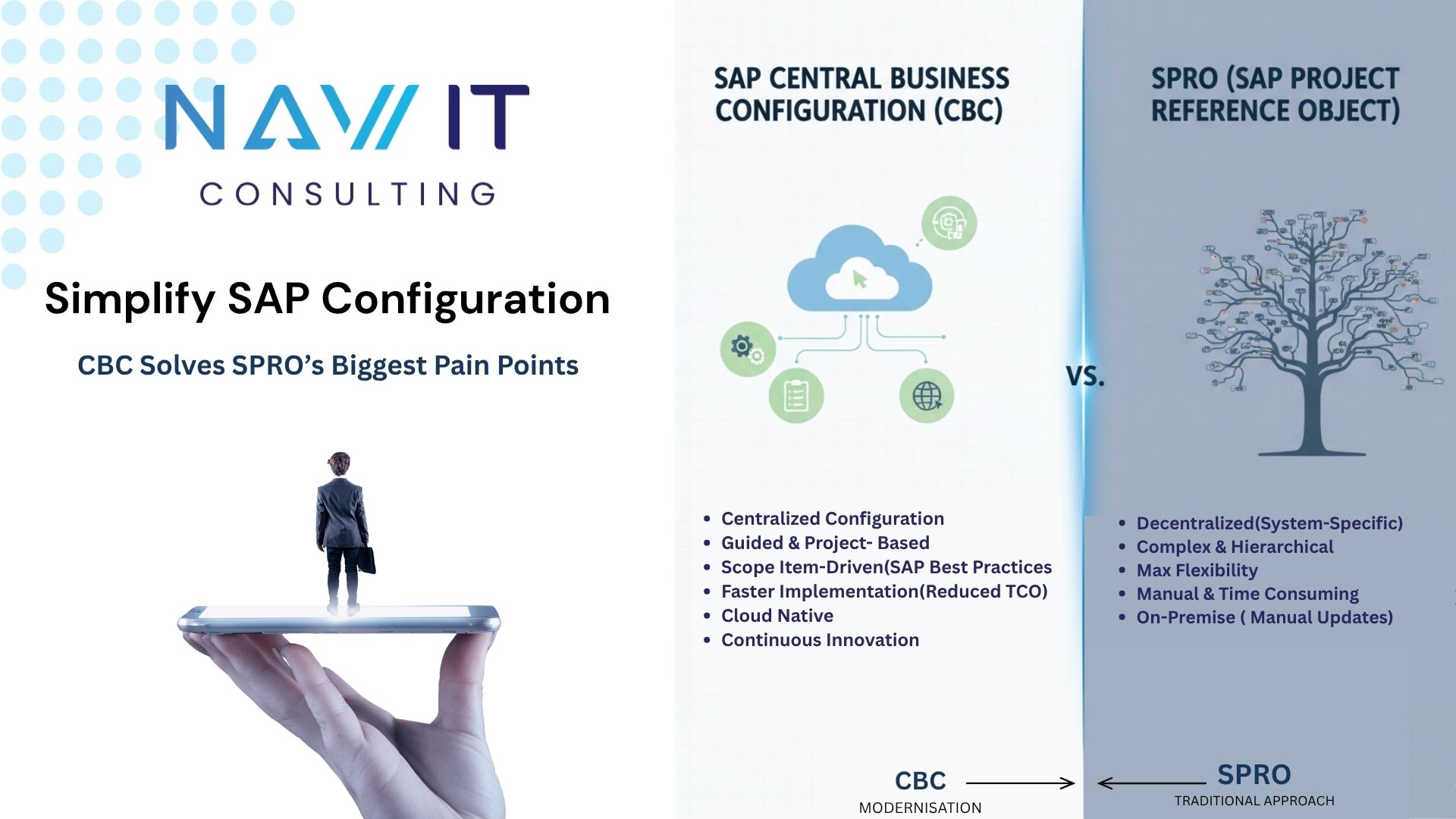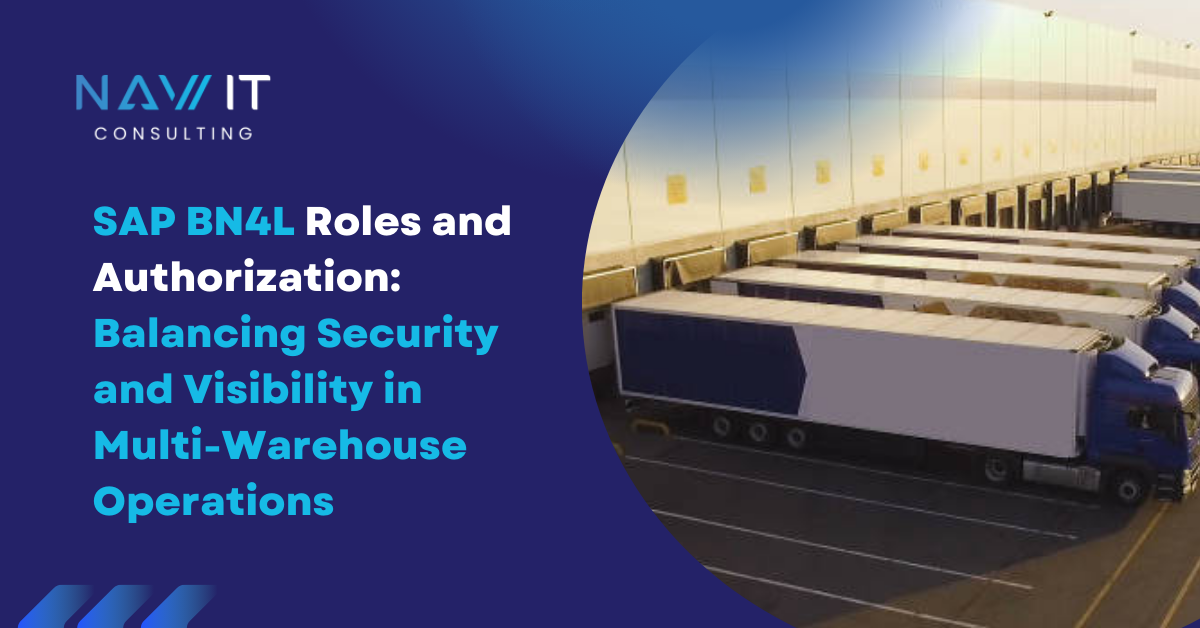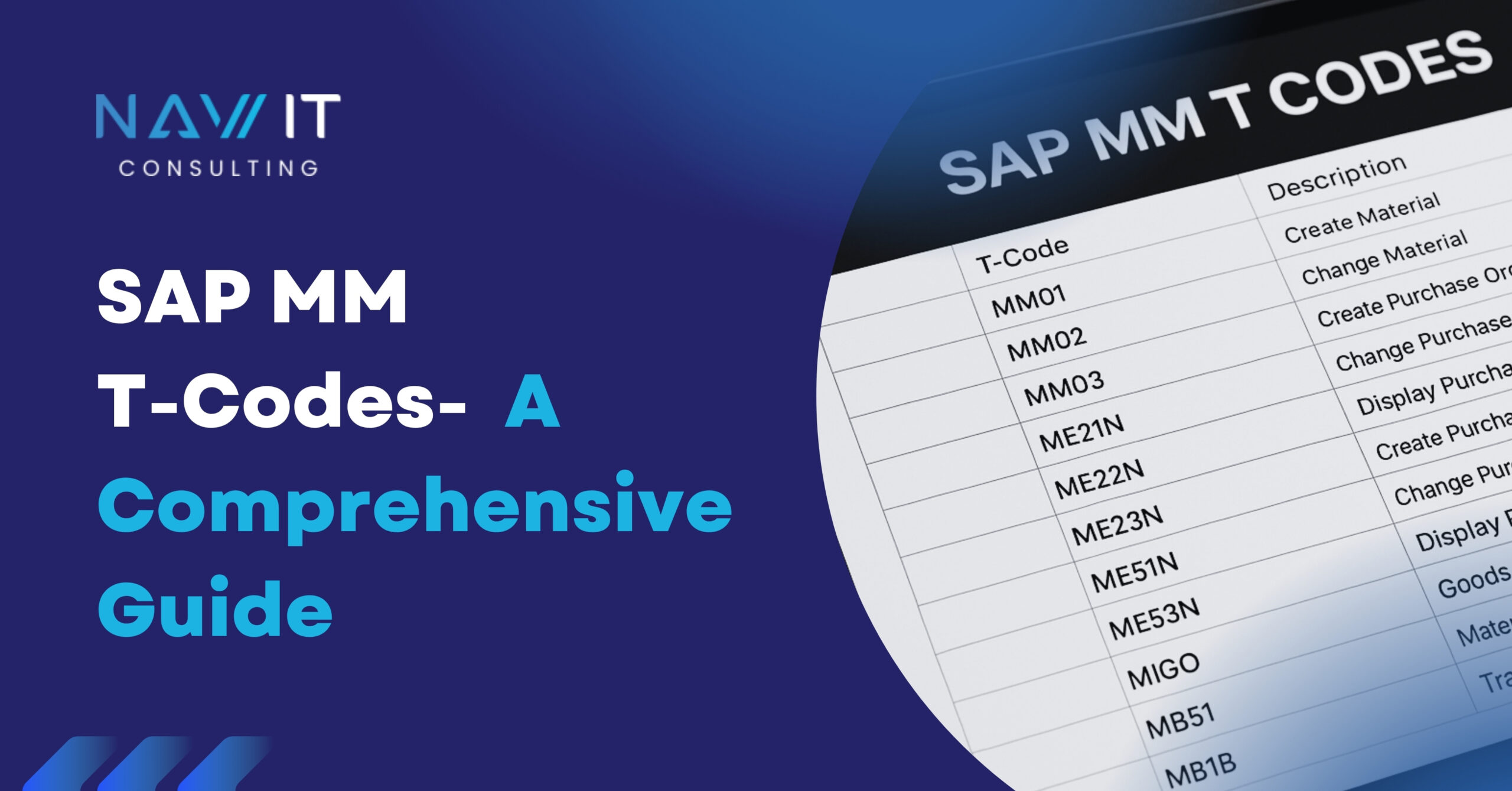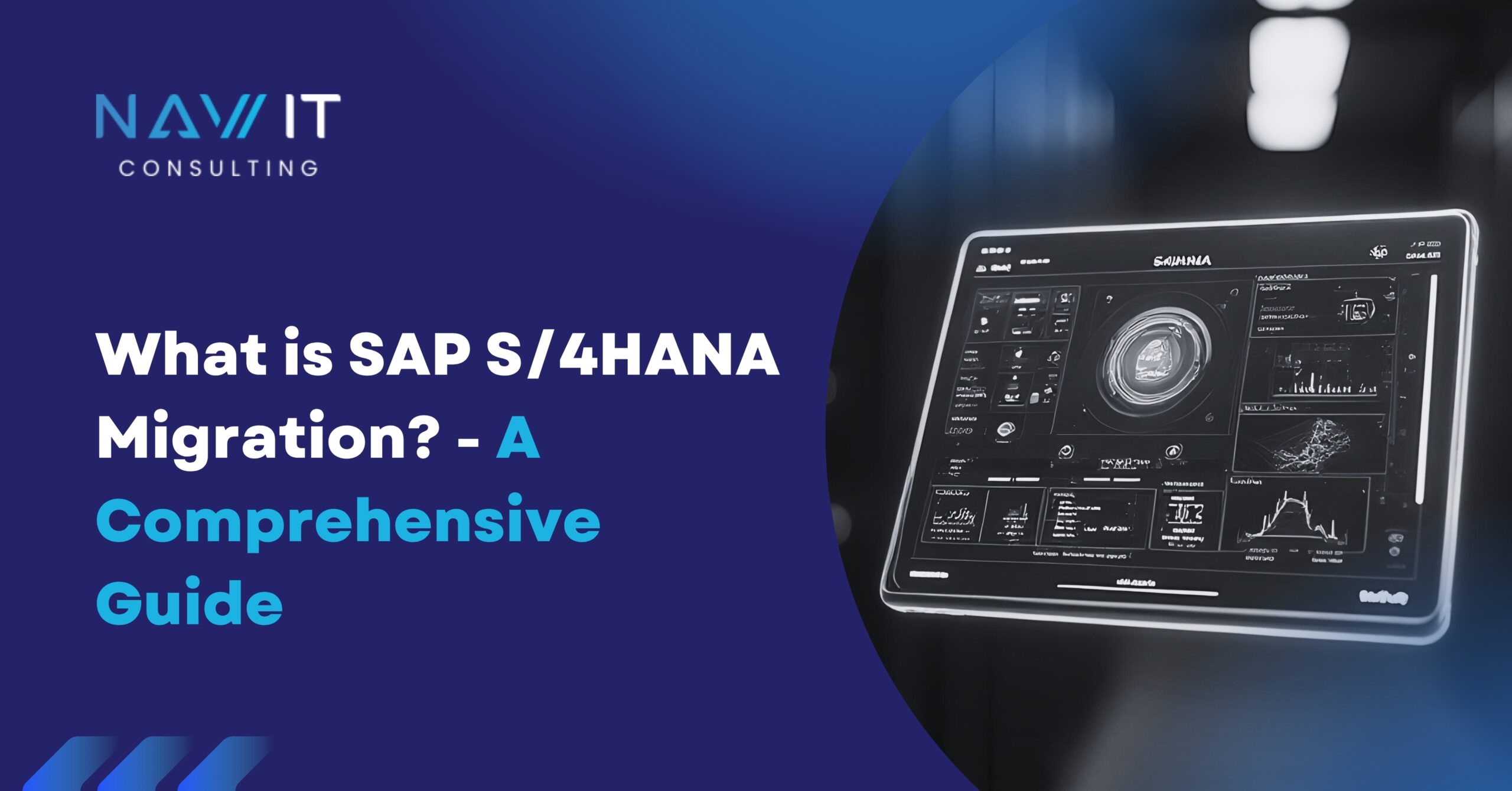Imagine a world where a single cyberattack on a major logistics provider disrupts the global flow of goods, halting production lines and leaving shelves empty overnight. While this might sound like a dystopian scenario, experts warn that such incidents could become alarmingly common by 2025. With the supply chain management (SCM) market projected to grow from $28.9 billion in 2022 to $45.2 billion by 2027 (MarketsandMarkets), this rapid expansion comes with significant vulnerabilities. Adding to the complexity, KPMG highlights emerging challenges like cost-to-serve pressures, supply chain risk management complexities, and the integration of environmental, social, and governance (ESG) considerations. In this blog, we explore the top five challenges supply chains will face in 2025 and the innovative strategies businesses can employ to stay ahead.
1. Global Supply Chain Challenges: A Growing Threat
The interconnectedness of global supply chains, while offering immense efficiency and cost-effectiveness, has also made them vulnerable to a range of disruptions. The challenges posed by geopolitical instability, natural disasters, and economic pressures have made managing a global supply chain increasingly complex. By 2025, these supply chain challenges are expected to intensify due to several key factors:
Geopolitical Instability
With rising tensions between nations, including trade wars, political unrest, and territorial disputes, businesses will face the risk of sudden and unforeseen changes in trade policies. Geopolitical instability can result in trade restrictions, tariffs, and shifts in global alliances, significantly impacting supply chain management.
Disrupted Trade Routes
Natural disasters, pandemics, and localized conflicts are increasingly disrupting established trade routes, creating bottlenecks and delays. The COVID-19 pandemic, for example, demonstrated how quickly a global health crisis can disrupt the flow of goods and services, and this threat is likely to remain a critical issue in supply chain management.
Economic Pressures
Rising inflation, fluctuating currency values, and unpredictable tariff implementations will continue to inflate operational costs, straining supply chains. Businesses will have to find ways to cope with these challenges without sacrificing quality or efficiency.
How to Overcome Supply chain Challenges:
To address the growing risks associated with global disruptions, businesses must take several key actions:
- Diversified Sourcing: Companies should establish relationships with suppliers in multiple regions to reduce the impact of regional disruptions. By not relying on a single source, businesses can ensure greater flexibility and resilience in the face of adversity.
- Scenario Planning: Utilizing predictive analytics, businesses can forecast potential risks and prepare contingency plans to handle disruptions. Scenario planning enables proactive responses rather than reactive ones.
- Strategic Partnerships: Building strong relationships with logistics providers and third-party vendors can help businesses quickly adapt to changes in global dynamics. Collaborating closely with these partners ensures greater agility in responding to unexpected challenges.
2. Sustainability and Regulatory Compliance: The Green Mandate
As environmental concerns continue to rise, businesses are increasingly under pressure to adopt sustainable practices throughout their supply chain management (SCM). Regulatory pressures related to environmental, social, and governance (ESG) criteria are becoming more stringent, and businesses that fail to adapt may face reputational damage or legal consequences.
Compliance with Carbon Regulations
Governments worldwide are mandating stricter carbon emission standards, requiring businesses to rethink how they manage their supply chains. Adopting sustainable logistics practices, such as using renewable energy, reducing packaging waste, and optimizing transportation routes, is essential for compliance with supply chain management regulations.
Rising Operational Costs
Transitioning to more sustainable supply chain management practices involves considerable upfront investment, such as adopting green technologies, renewable energy sources, and eco-friendly materials. These investments, though beneficial in the long term, pose an immediate challenge for businesses seeking to balance cost efficiency with environmental responsibility.
Consumer Expectations
Modern consumers are increasingly aware of environmental issues and are prioritizing brands that demonstrate a genuine commitment to sustainability. Companies that fail to address sustainability within their supply chains risk losing customer loyalty and falling behind in a highly competitive market.
Solutions for Sustainability Challenges:
To address these pressing issues, businesses should:
- Adopt Circular Economy Models: Incorporating recycling, refurbishing, and repurposing practices into their supply chain management will help companies minimize waste and maximize resource utilization, supporting long-term sustainability goals.
- Leverage Advanced Technologies: Using Internet of Things (IoT) sensors and Artificial Intelligence (AI) to optimize energy consumption, reduce waste, and improve inventory efficiency will help businesses achieve environmental goals while maintaining operational efficiency.
- Enhance Transparency and Reporting: By publicly sharing sustainability initiatives and progress with stakeholders, companies can build trust and differentiate themselves in the marketplace. Transparent reporting not only fosters credibility but also ensures compliance with emerging regulations.
3. Technological Integration and Cybersecurity: Managing Innovation and Risk
The advent of digital technologies, including AI, blockchain, and IoT, promises to revolutionize supply chain management by enhancing visibility, efficiency, and traceability. However, the integration of these technologies comes with its own set of challenges. As companies adopt these new technologies, they face difficulties such as system integration, supply chain challenges, cybersecurity risks, and workforce readiness.
Integration Issues
Merging cutting-edge technologies with existing infrastructure can be complex and resource-intensive. Many organizations still rely on legacy systems that are not easily compatible with newer digital solutions. Ensuring integration of advanced technologies into existing supply chain management (SCM) systems is a significant hurdle.
Cybersecurity Risks
With increased reliance on digital tools comes an increased risk of cyberattacks. Supply chains, being interconnected and reliant on data sharing, are prime targets for data breaches, ransomware attacks, and other cybersecurity threats. Protecting sensitive data and maintaining the integrity of digital systems will be crucial in safeguarding business operations.
Training Gaps
As businesses adopt new technologies, there is often a skills gap in the workforce. Many employees may not be equipped to manage sophisticated technologies, such as blockchain or AI. This can hinder the full realization of the benefits these tools can offer in supply chain management.
How to Tackle Technological Integration Challenges:
To overcome these challenges, businesses must focus on the following strategies:
- Invest in Cybersecurity: Implementing robust security measures, including encryption, multi-factor authentication, and regular security audits, will help protect against cyber threats.
- Ensure Interoperability: Choosing technologies that integrate smoothly with existing systems is essential for minimizing disruption and maximizing return on investment.
- Employee Training and Development: Investing in upskilling programs will help employees adapt to new technologies and optimize their use, ensuring that businesses can fully leverage the benefits of advanced supply chain management tools.
4. Labor Shortages and Workforce Evolution: Adapting to Changing Demographics
The supply chain industry is facing a growing labor shortage, and this issue is expected to escalate by 2025. Key challenges contributing to this problem include an aging workforce, a lack of skilled labor, and high turnover rates.
Aging Workforce
Many experienced workers are nearing retirement, leaving behind a significant talent gap. This is especially concerning in an industry that relies heavily on seasoned professionals with specialized knowledge of logistics, transportation, and inventory management.
Demand for Tech-Savvy Professionals
With the rise of automation and data analytics in supply chain management, the demand for workers skilled in managing these technologies is higher than ever. However, there is a shortage of professionals with the required expertise in AI, machine learning, and robotics.
High Turnover Rates
Physically demanding roles and limited career advancement opportunities deter younger generations from entering the supply chain sector. The high turnover rate in warehouses, distribution centers, and transportation roles further exacerbates the labor shortage issue.
Solutions to Address Labor Shortages:
To address workforce challenges, companies can:
- Leverage Automation: Incorporating robotics and AI into supply chain management operations can reduce reliance on manual labor and improve efficiency.
- Invest in Employee Development: Offering reskilling programs and clear career progression paths will attract and retain talent in an increasingly competitive job market.
- Promote Workforce Diversity: Expanding recruitment efforts to include diverse candidates will help tap into a broader talent pool and bring fresh perspectives to the table.
5. Demand Volatility and Inventory Management: Navigating Uncertainty
Unpredictable consumer demand is one of the most significant challenges faced by businesses in supply chain management. Fluctuations in demand, shorter product lifecycles, and changing consumer preferences make inventory management more challenging than ever before.
Unpredictable Demand Fluctuations
Economic uncertainty, evolving consumer preferences, and external events (such as pandemics or geopolitical crises) can lead to sudden shifts in demand. As a result, businesses may face issues like overstocking, leading to increased storage costs, or stockouts, which can harm customer satisfaction and sales.
Shorter Product Lifecycles
As technology advances and consumer preferences shift, product lifecycles are shortening. Companies must be more agile in managing their inventory and supply chain operations to keep up with rapid product changes and shorter sales windows.
Cost Pressures
Inefficient inventory management practices can lead to high storage costs, waste, and capital tied up in unsold goods. Businesses need to optimize their inventory to reduce waste and maintain a lean supply chain.
How to Improve Demand and Inventory Management:
Businesses can solve these issues by:
- Advanced Forecasting: Utilizing machine learning algorithms to predict demand more accurately can help companies make better decisions and minimize the risk of overstocking or stockouts in their supply chain management operations.
- Dynamic Inventory Practices: Implementing just-in-time (JIT) inventory strategies will allow businesses to reduce storage costs and waste while maintaining flexibility in their supply chains.
- Collaboration with Suppliers: Sharing real-time data with suppliers can improve coordination and alignment, ensuring that production meets demand without excessive lead times or stockouts.
Conclusion
The key issues in SCM—from global disruptions and sustainability challenges to technological advancements, labor shortages, and demand volatility—require careful attention. By addressing these supply chain challenges head-on and adopting innovative solutions, businesses can build resilient, adaptive, and efficient supply chains capable of growing in the best possible way.
At NAV-IT, we offer specialized solutions in SAP Transportation Management (SAP TM) and SAP Extended Warehouse Management (EWM) to optimize your supply chain management. Our tools help streamline operations, reduce risks, and boost efficiency. Discover how we can help you tackle these supply chain challenges—visit NAV-IT today.
